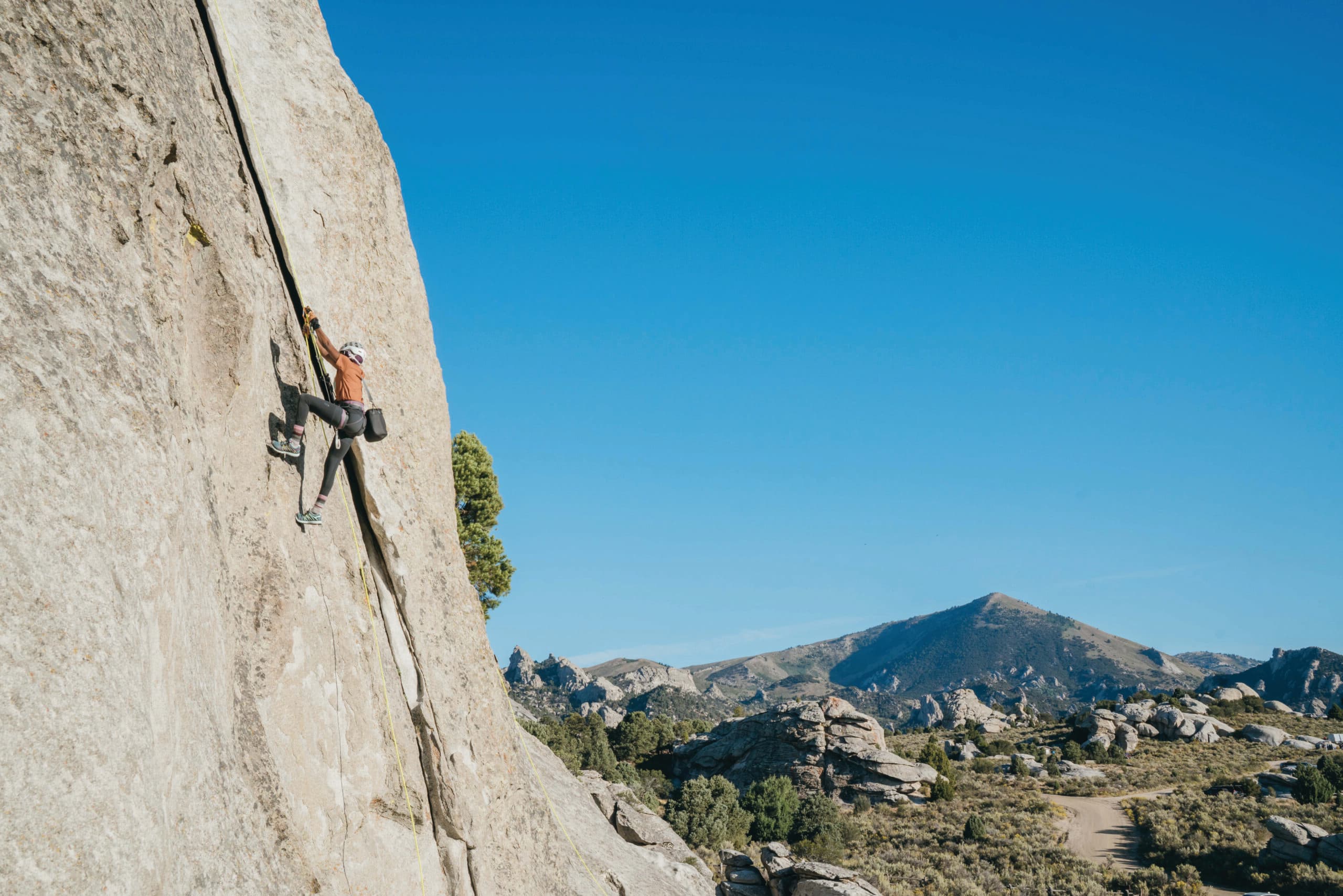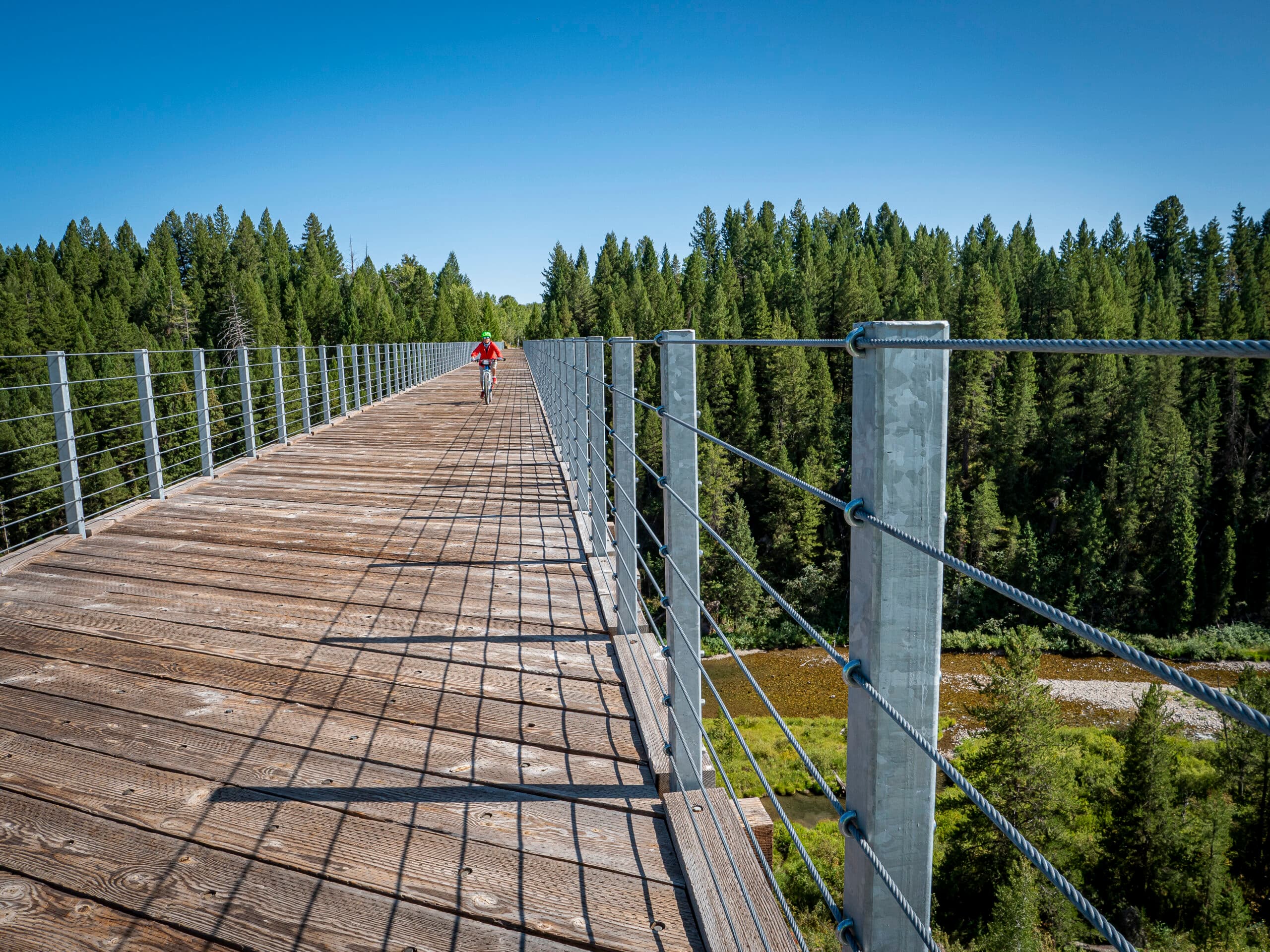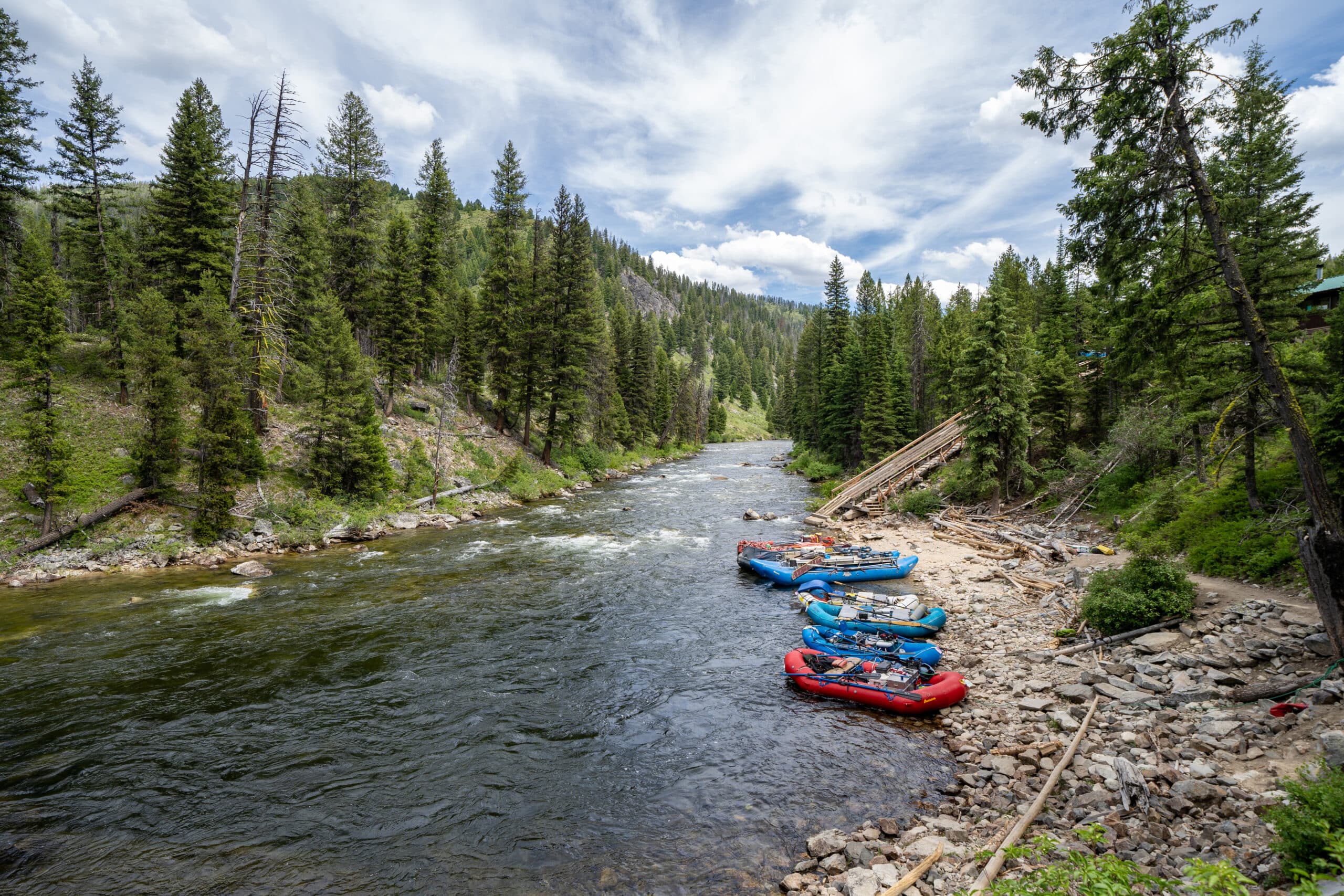Searching for a Sister
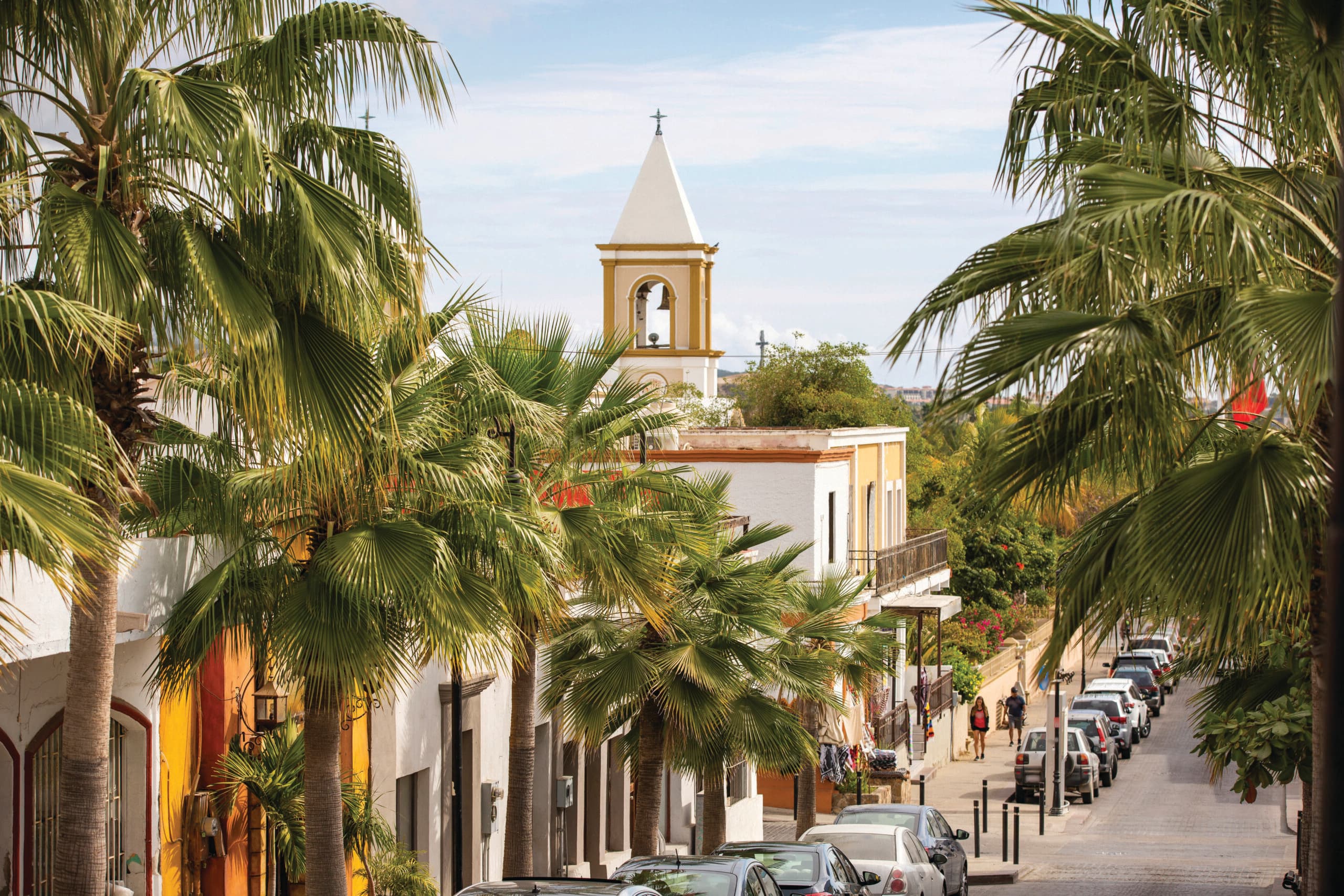
Kicking off the quest for Driggs’ global partner
I’ve always appreciated the personal connections we make while traveling. When traveling, we’re exposed to other cultures on an individual scale by seeking out experiences and connection with other people, places, and ways of life.
The idea of sister cities formalizes this value on a broader scale: creating cultural links from one town to another.
Called “twin towns” or “friendship partnerships” in some places, sister cities often share similarities like geography, population, challenges, goals, or even festivals. Or they might connect via history, religion, or even the name of the towns. What they all share is an intentional connection to promote tourism, education, and cultural integration between the two.
I’d encountered sister cities before but it’s only in the past few months that I’ve realized so many municipalities of the world are so deeply connected, interpersonally and by legal agreements. Some connections seem logical: Boise, Idaho, for instance, has a long history of Basque immigration, and thus it’s unsurprising that one of Boise’s sister cities is Gernika, in the heart of Basque country in Catalonia, Spain. On the other hand, Boise’s connections to its other sister cities (yes, a place can have multiple!), Bengkulu, Indonesia, and Chita, Zabaykalsky Krai, Russia, are more obscure. Arcane interconnections are every bit as fascinating.
Sometimes a well-known individual generates the connection between two places. The sister city to Jackson, Wyoming, is Lienz, Austria. These towns share mountainous geography, tourism-based economies, and a single famous resident—Olympic gold-medal skier Pepi Steigler, who helped bring Lienz, the place of his birth and rise to skiing fame, and Jackson, where he helped build the fame of the resort, together in 1971. Another Jackson sister city is Tlaxcala, Mexico, linked to the region as the origin city of many residents.

Daytime street scene of San José del Cabo’s historic city center.
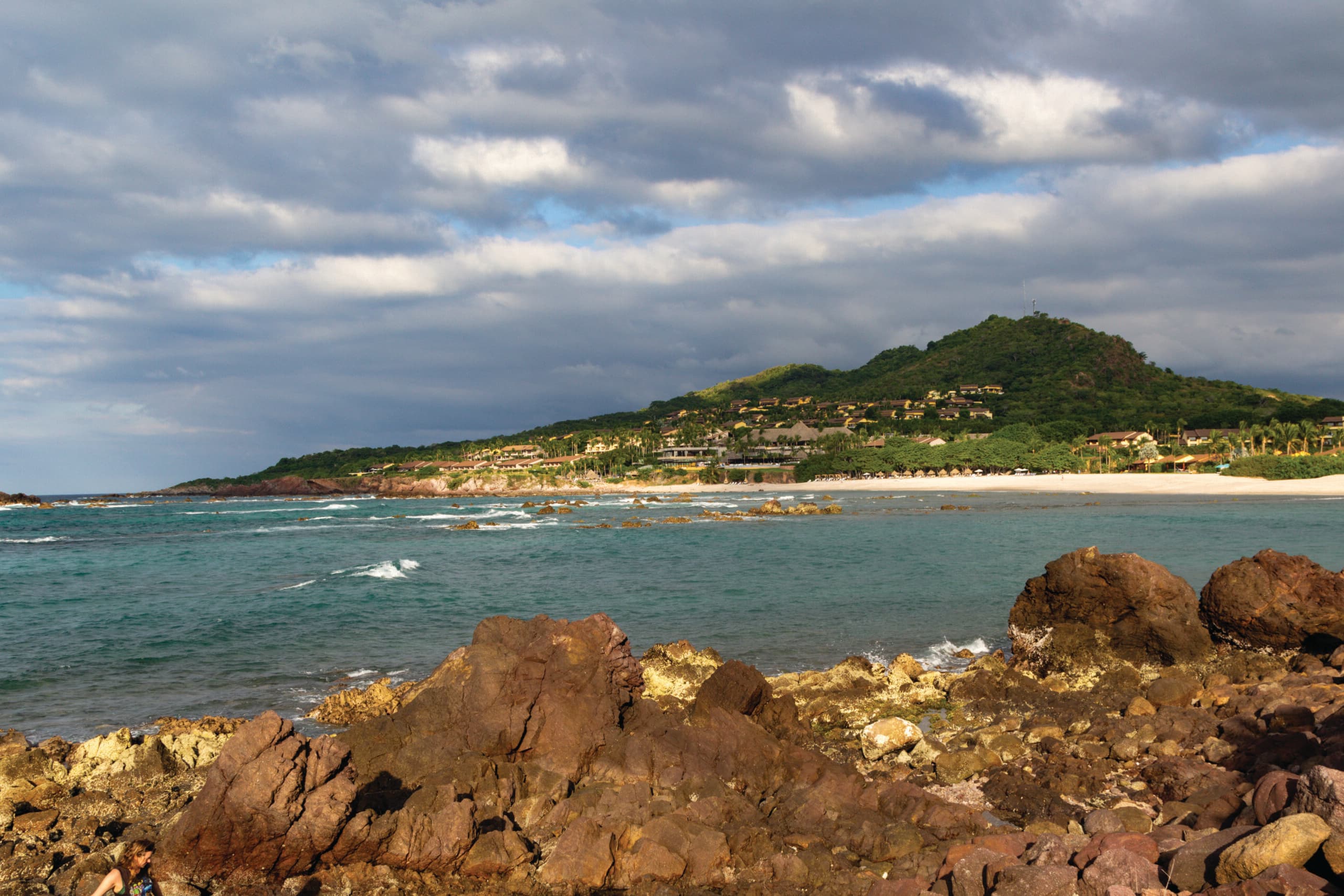
golf course island in mexico over looking the city of Punta de Mita

Briancon, France – July 03, 2017: Pedestrian street in the Old Town of Briancon, Provence. Briancon is the highest town in France, a popular tourist resort and hosts Tour de France bycicle race
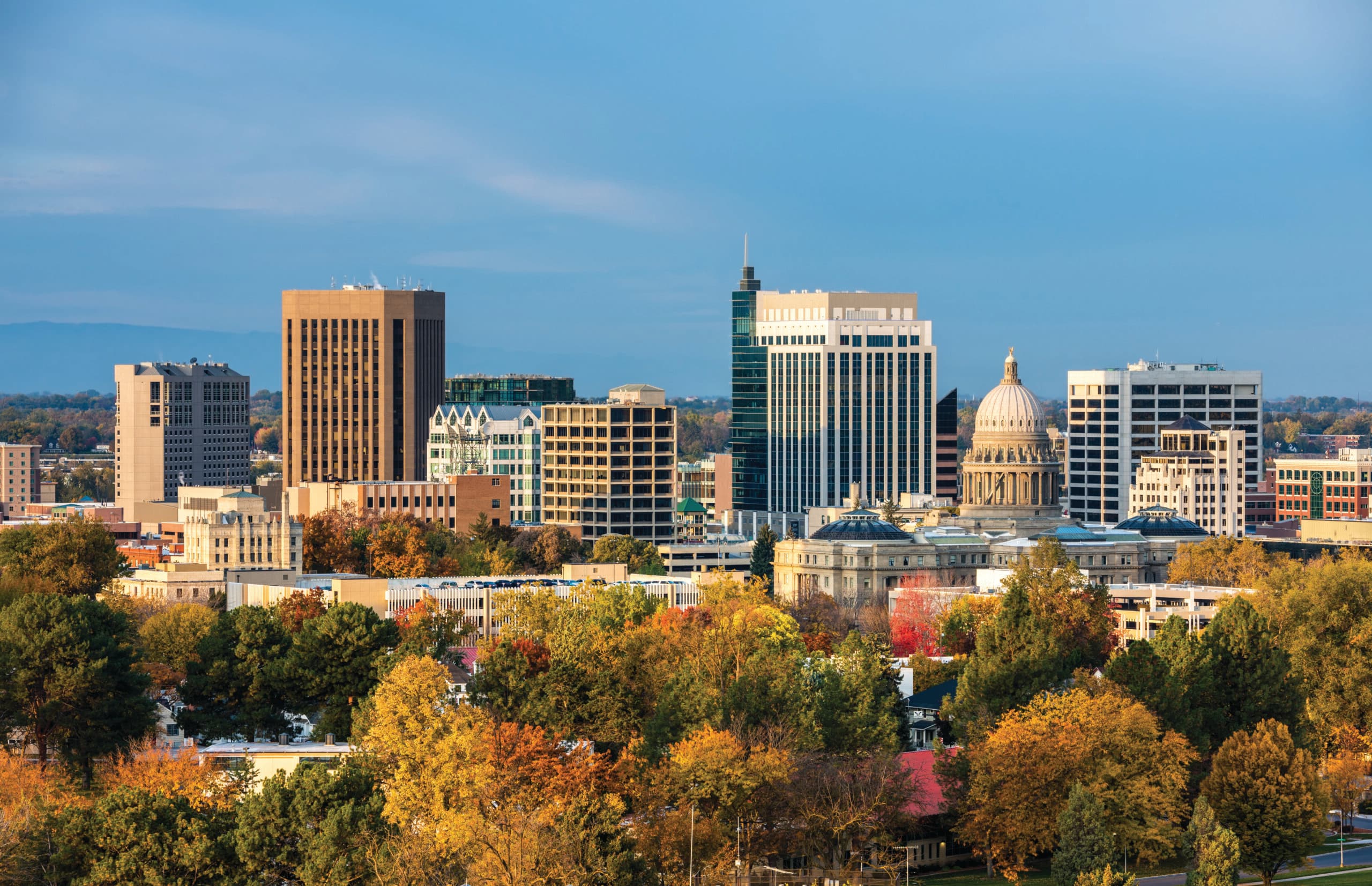
City of trees Boise Idaho with fall colors
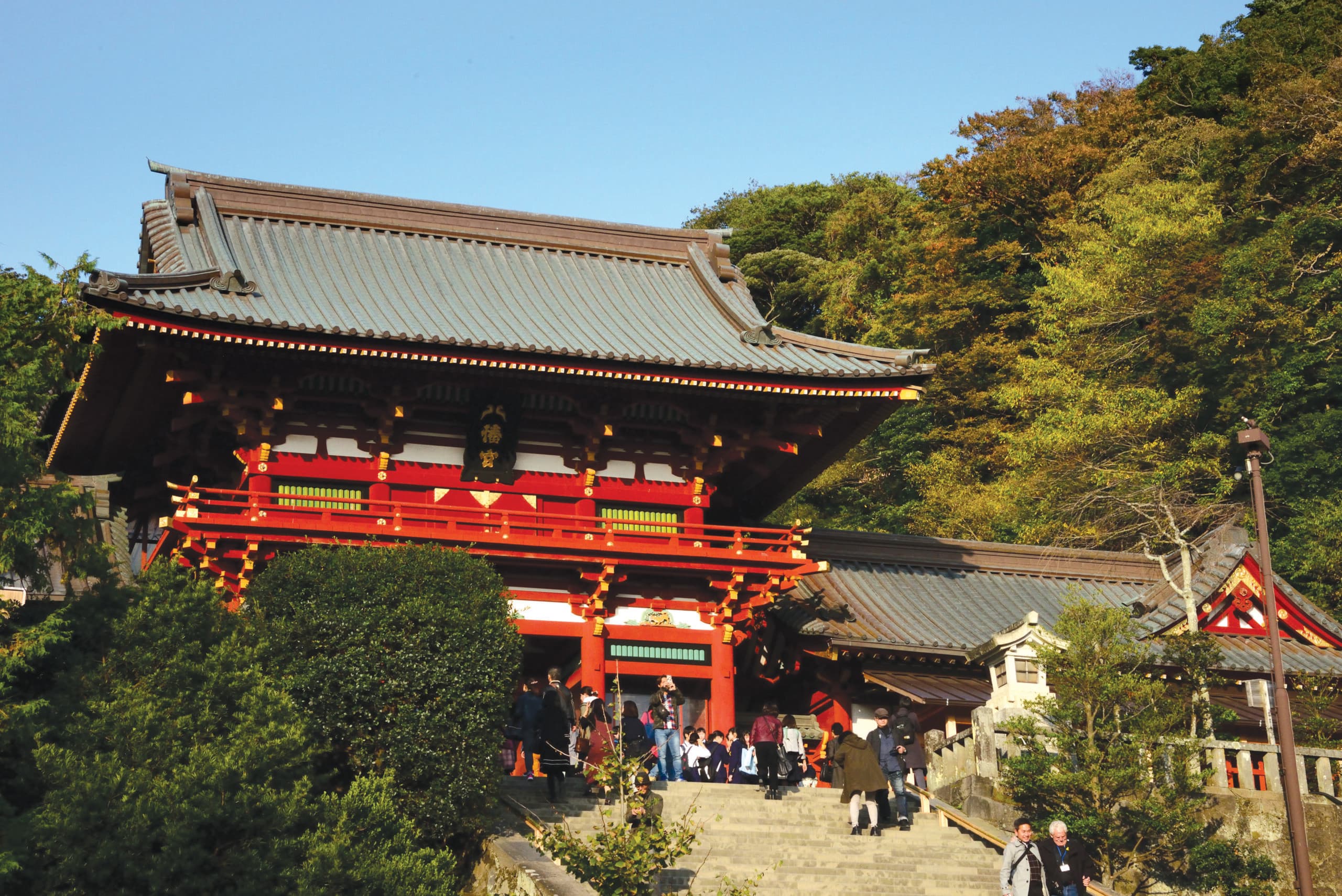
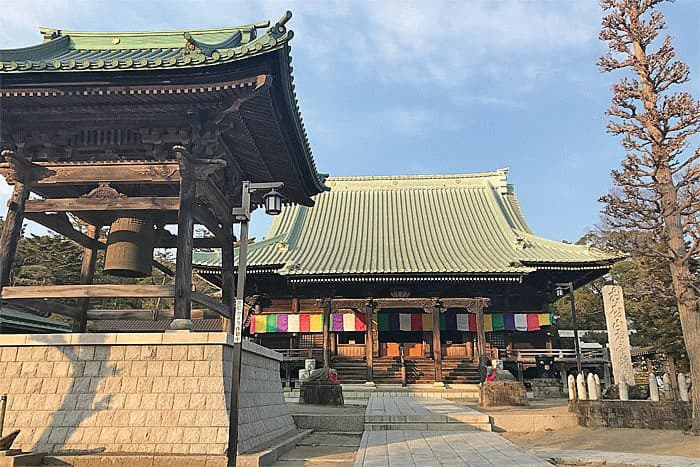
In Teton Valley, staff at the City of Driggs has been discussing the possibility of establishing a sister city relationship. Driggs is currently considering seeking public input regarding a possible sister city proposal and about what kind of place might be suitable as a national or international partner. At press time, the city was not sure on the timeline.
Mayor August Christensen has fielded suggestions of possible twin towns. An initial suggestion was Briançon, France. Briançon has an established relationship with Teton Valley. Members of Grand Targhee Resort’s ski patrol have participated in season-long professional patrol exchanges with members of the French resort in Briançon, Serre Chevalier. The French visitors shared houses locally and made many friends here. The Targhee patrollers enjoyed the same abroad.
Another suggestion as a sister city for Driggs is Wanaka, New Zealand, a town of similar size and agricultural background. Mayor Christensen visited there in 2005 and notes that, although they raise sheep there, not cattle, she remembers that the community-oriented feel of the town would be familiar to anyone from Driggs. Also, Wanaka, like Driggs, is located near two large national parks and is next door to two ski resorts.
On the surface, that sounds like a good fit. And other places that have become second homes for some local residents, in Mexico and Costa Rica, for instance, have emerged as prospects. Many sister city proposals look good on paper. But what makes some more meaningful, productive, and enjoyed by their co-citizenry than others?
Broad-based community involvement provides the best foundation for success, according to Sister Cities International. This national nonprofit matches up towns and serves as an umbrella organization to encourage programming and outreach.
Sometimes a single person, city agency, or group has been the driving force to a sister city initiative. The more inclusive and realistic a town is about what will work for them, the more likely the twinning will be long-lasting.
Mayor Christensen is keeping an open mind; if there are more cultural differences than likenesses, she points out, residents may encounter and absorb more, than if the two places seem like mirror images of each other.
She also notes that the process of finding a partner locale should not reflect the preferences of a single individual. “I’d like to do a very broad survey, completely open-ended, and see what we get,” she says.
As with any burgeoning relationship, it’s pretty clear there’s no one formula for choosing the right partner. Creating a relationship with a sister city, like any friendship, requires time and engagement, curiosity, and perhaps a certain magic. Whether or not you have wanderlust in your blood, Mayor Christensen hopes you’ll participate in the city’s outreach. Public involvement will be key, she says. Then, maybe we can all go pay our new sisters and brothers a visit.
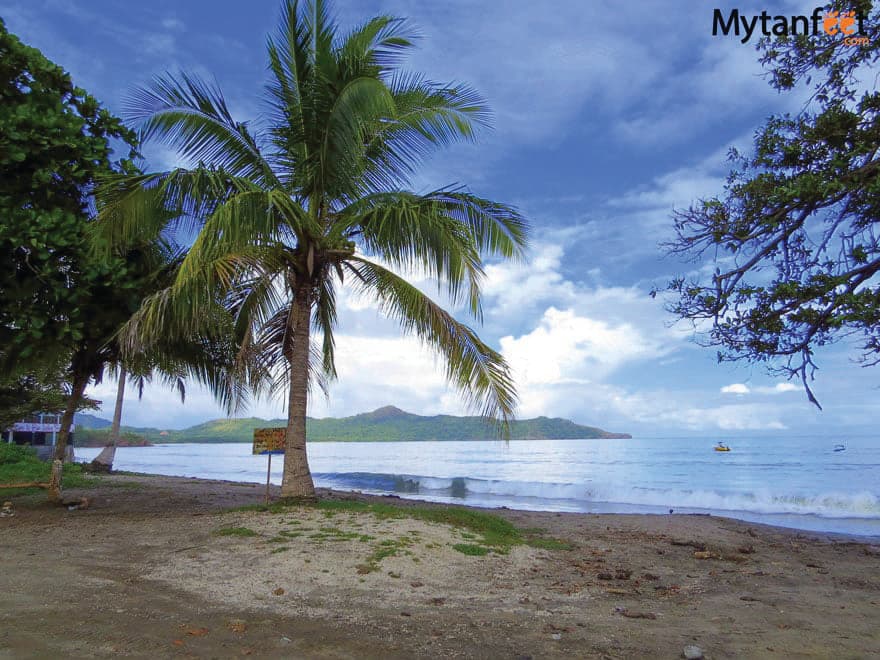
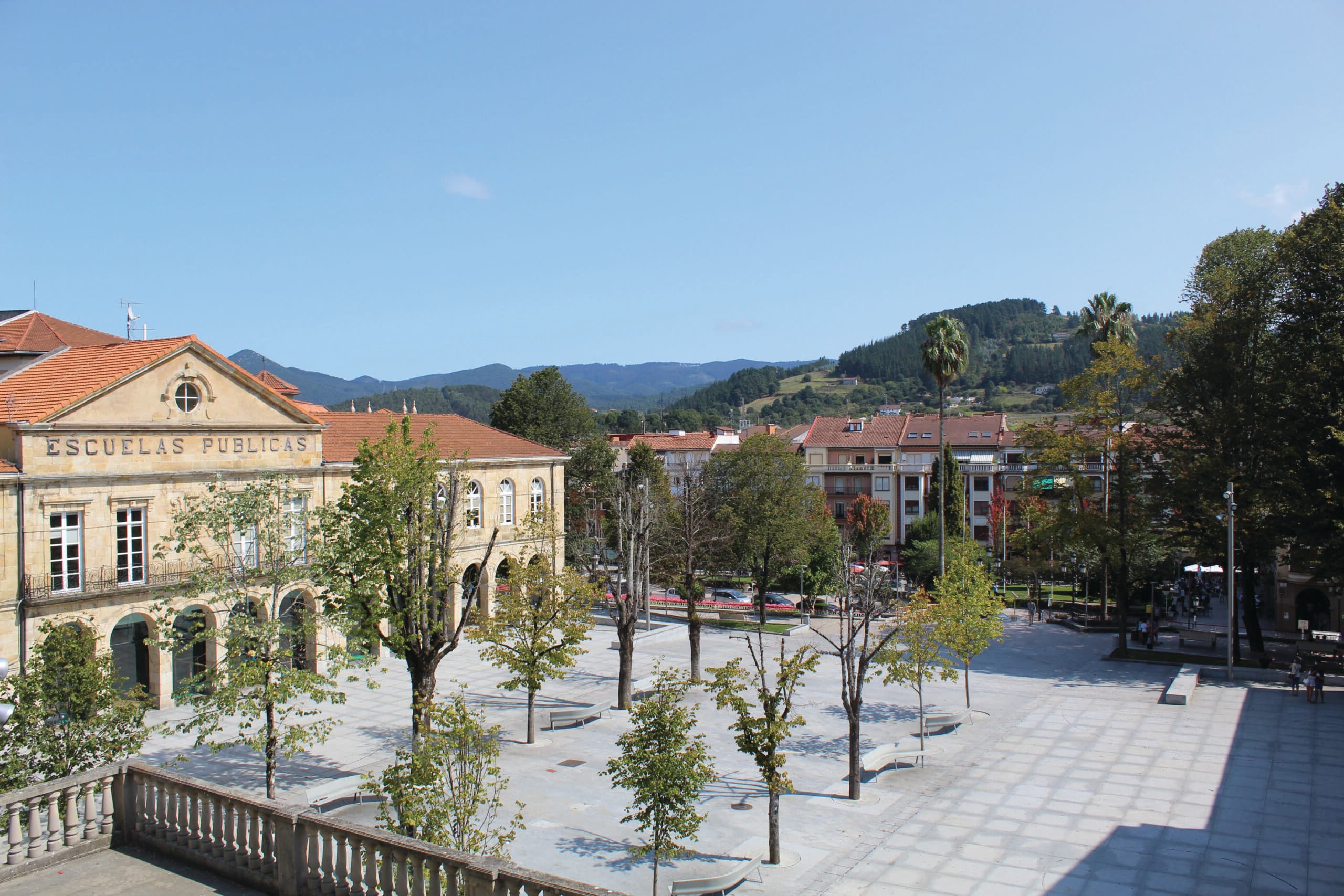
Gernika, Spain – September 10, 2020: Traditional renewed houses in Gernika. The town was almost destroyed by the bombing during the Spanish Civil War (1936-1936)
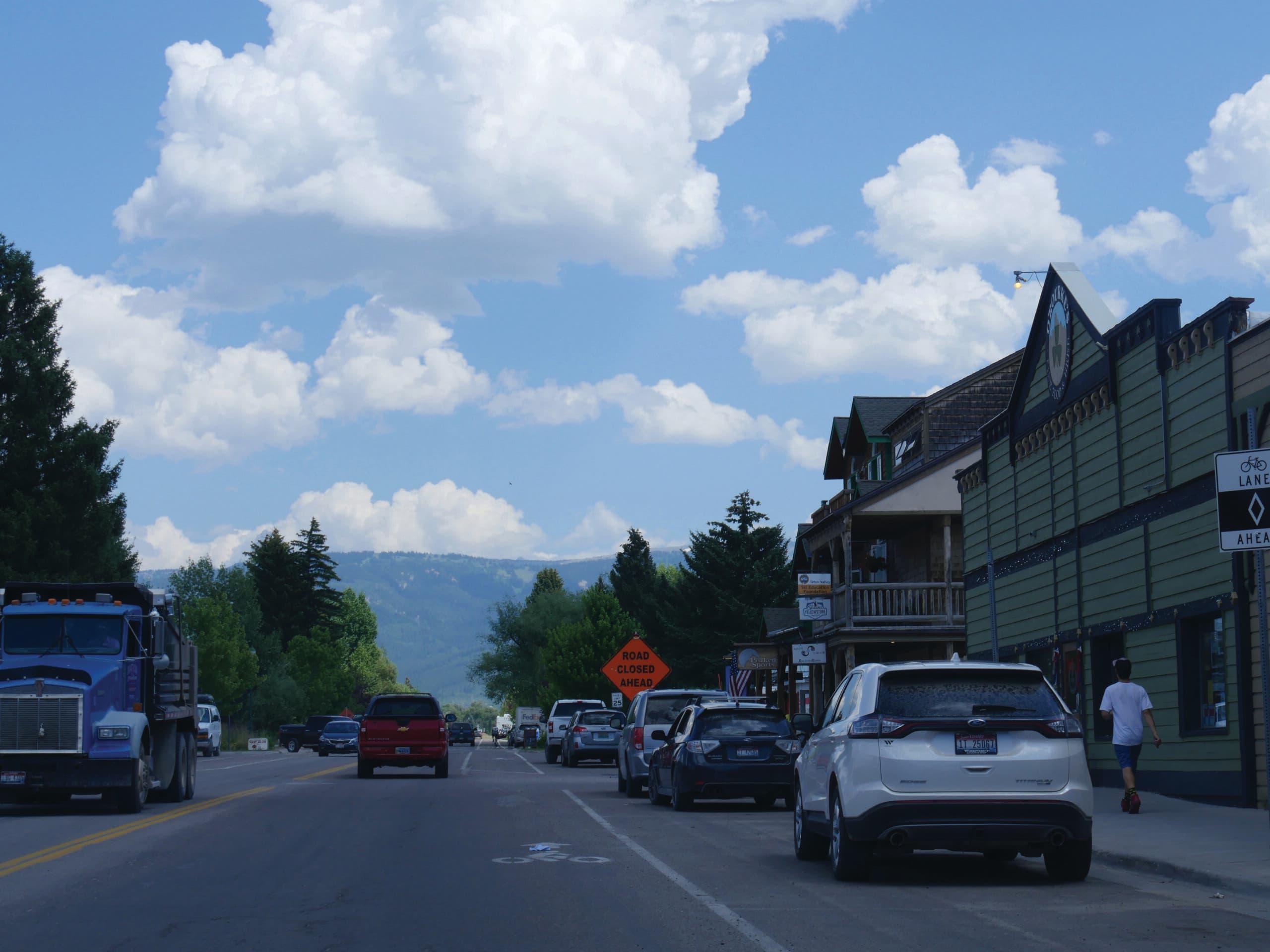
Driggs, Idaho- August 2018: Light traffic along the street in Driggs.
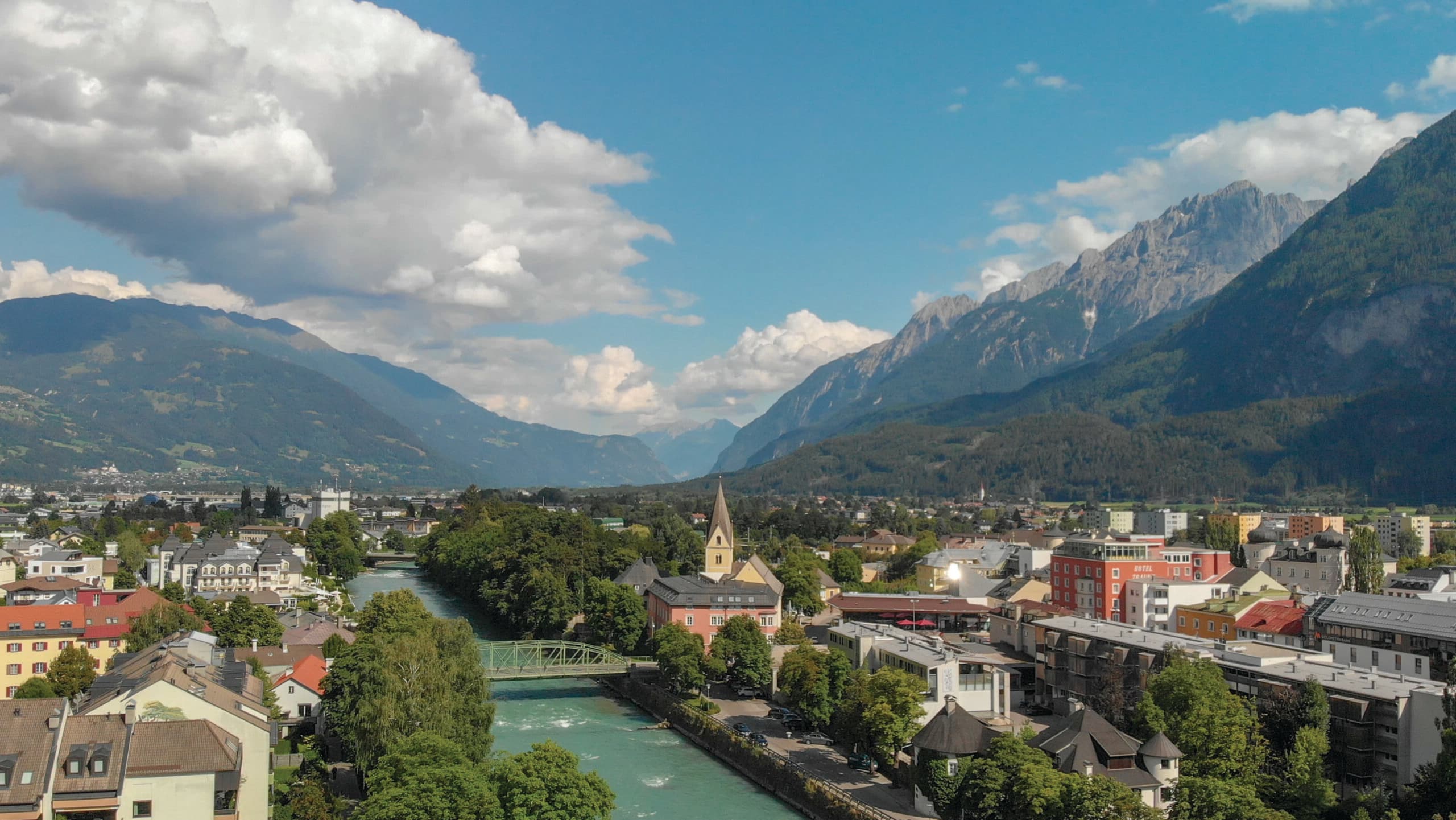
Aerial view of Lienz skyline, Austria in summer season.

Tropical wide sandy beach of the town of Jaco, Costa Rica
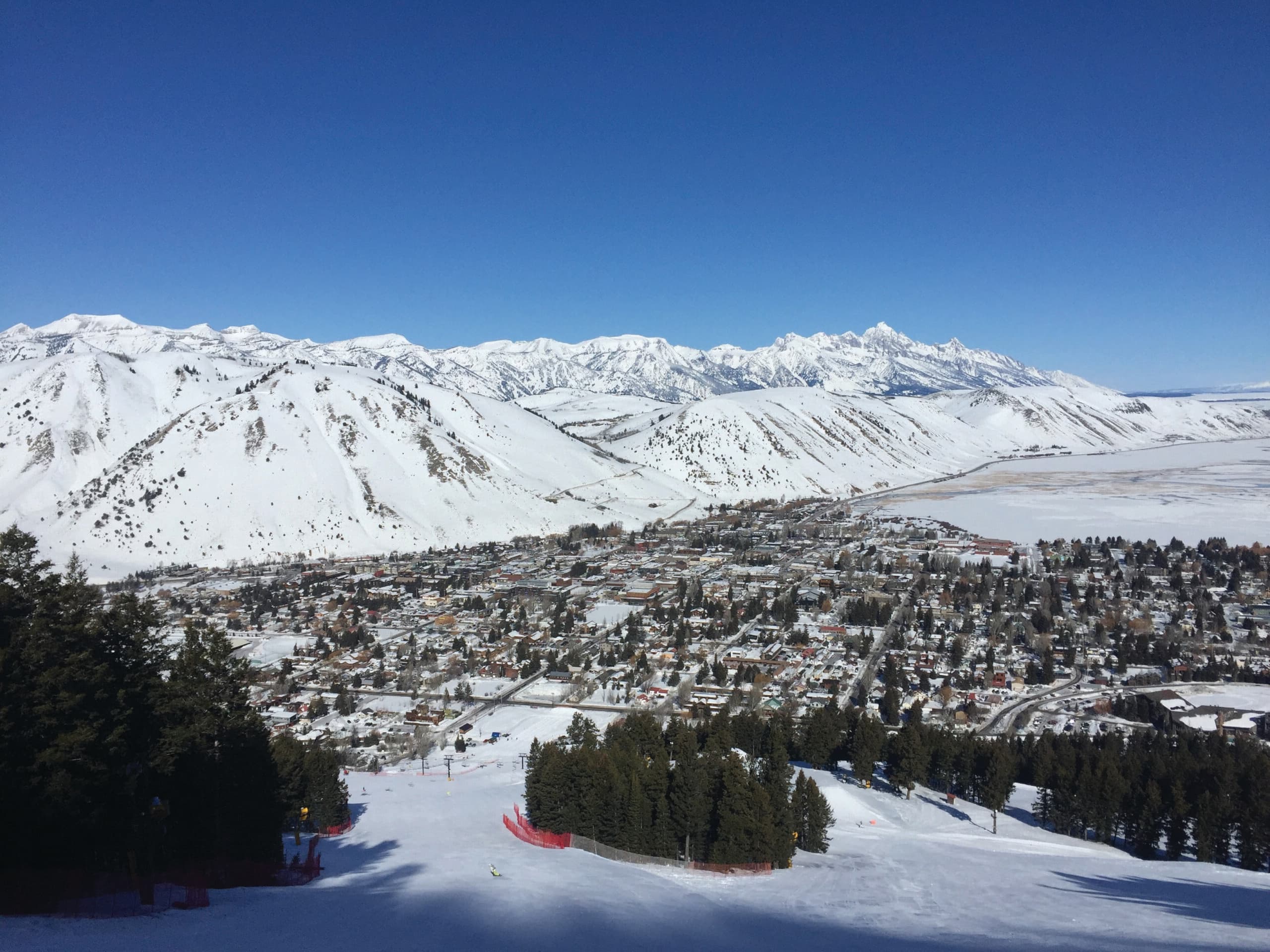
looking down on the town of Jackson Wyoming in the winter with a snow covered view
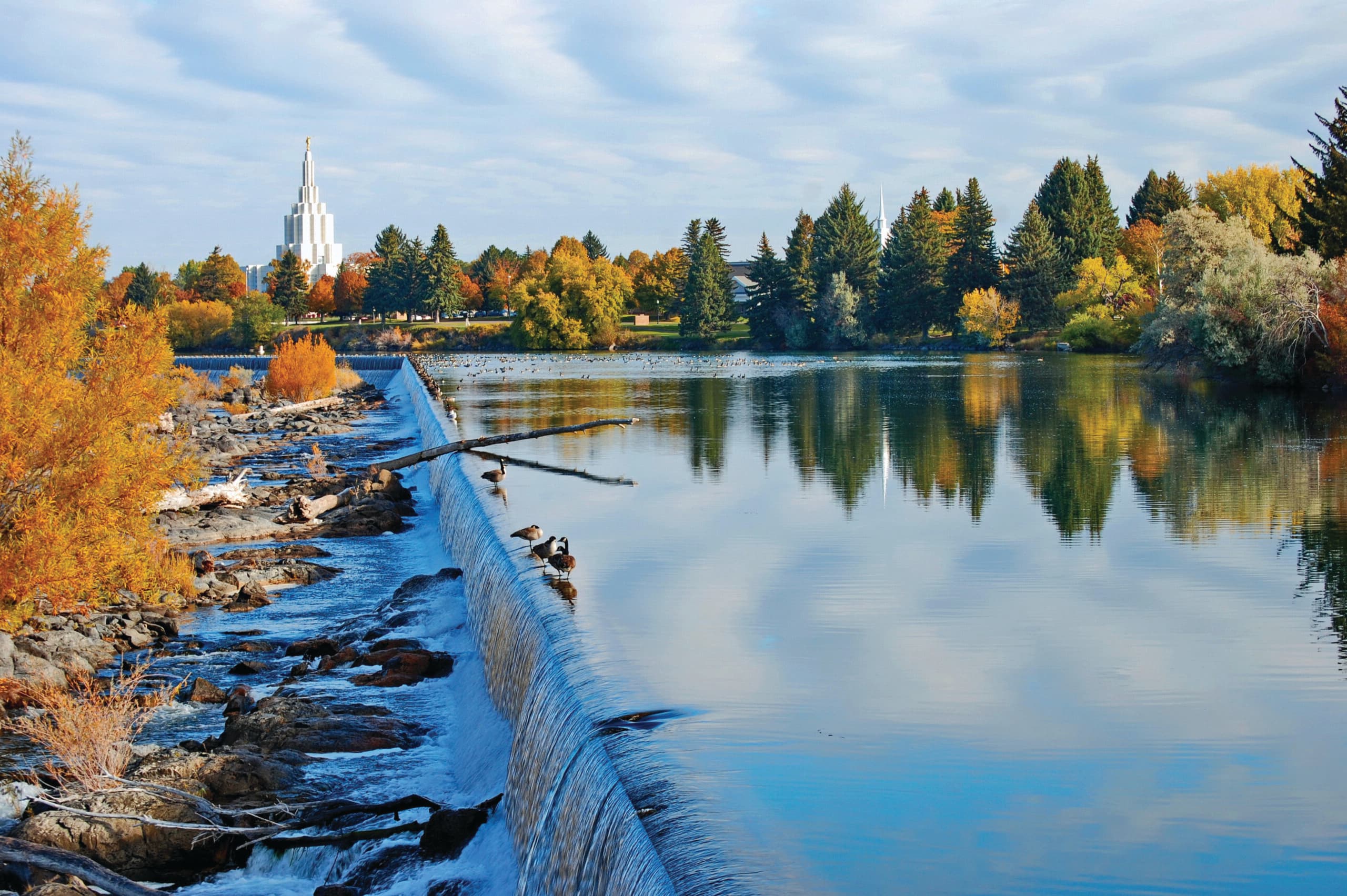
Idaho Falls, Idaho on the Falls

